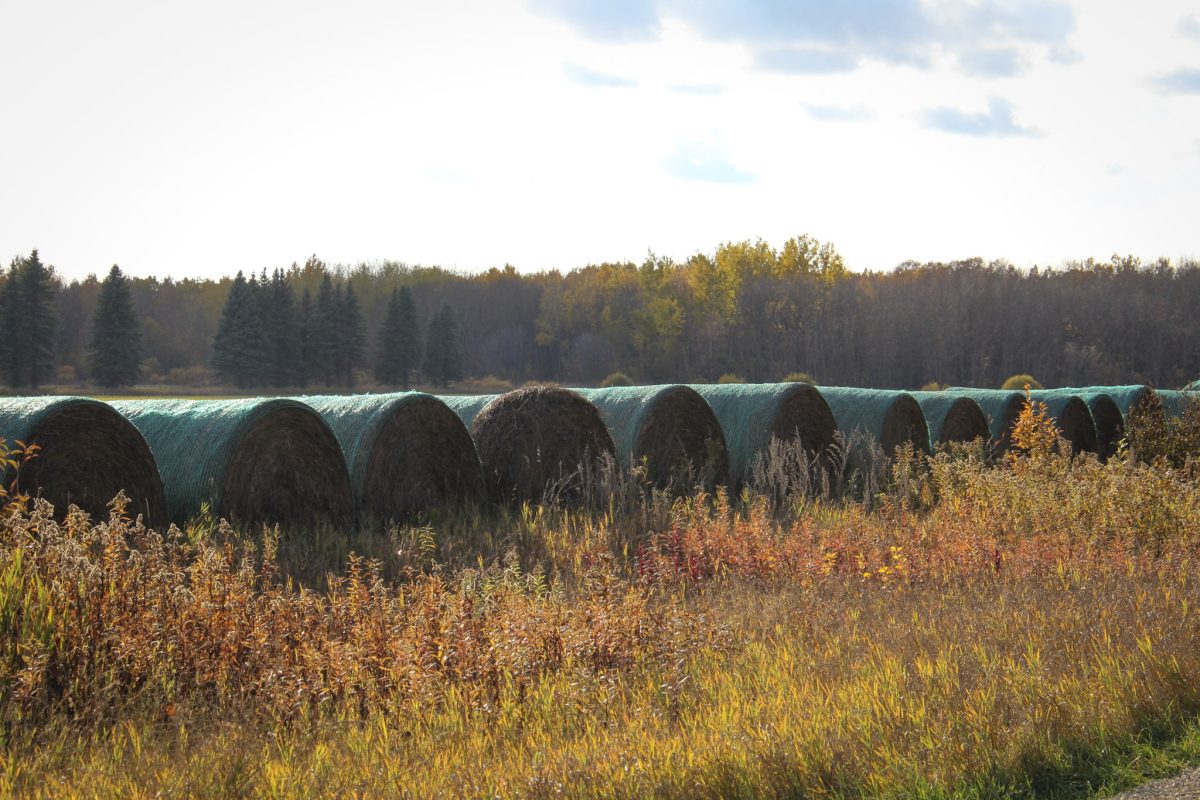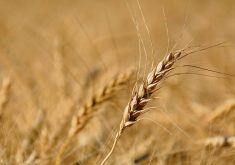MarketsFarm — As Manitoba’s pulse harvest neared completion, a provincial pulse specialist says it will vary as to whether dry bean growers are satisfied with the result.
Dennis Lange said that 96 per cent of Manitoba’s dry bean crop has already come off the field. In the central region, 97 per cent of its dry beans have been harvested, while 85-90 per cent of the crop was taken off in the southwest and Interlake regions.
He added that while they weren’t at the same levels at last year, dry bean yields are on the right track historically.
Read Also

Prairie forecast: No real signs of winter yet
Forecast issued November 12, covering Nov. 12 to 19, 2025 Highlights Developing conditions suggest above-average temperatures, limited precipitation and light…
“We’re kind of looking at some pretty OK numbers this year. We’re not in the same league as what we were last year, as far as yields, because last year was a pretty phenomenal year,” Lange said.
“But for dry bean yields this year, we’re looking at anywhere between 1,800 to 2,500 pounds (per acre) where most of the beans are in the central region. There have been a few (areas) in the 1,200 to 1,300 lbs./ac. range as well.”
Areas with less moisture had dry bean yields at around 750 lbs./ac., while those with plenty of moisture had yields at more than 3,000 lbs./ac.
“Provincially, we’re probably going to be a little bit below the five-year average, which is right around the 1,700 lbs./ac. range,” Lange added.
The warmer-than-normal September with no extended rain delays provided ample opportunity for growers to combine their crops. While the heat added dryness to the beans, it did not negatively affect quality.
This year’s production “is still better than what we’ve seen in the really dry years,” he said. “When you actually look at the long-term average, we’re in that ballpark where we’re slightly above average or slightly below.”
— Adam Peleshaty reports for MarketsFarm from Stonewall, Man.















